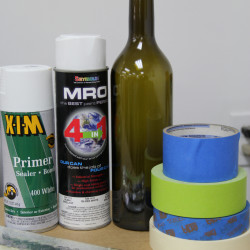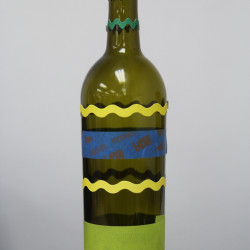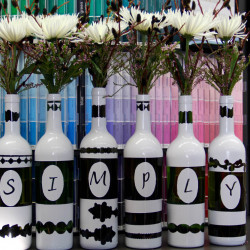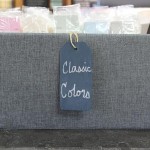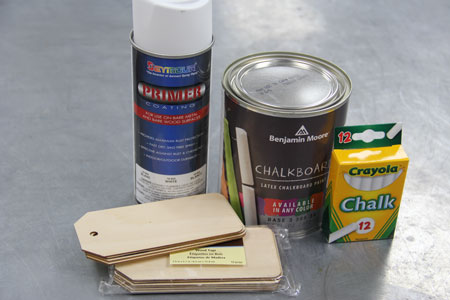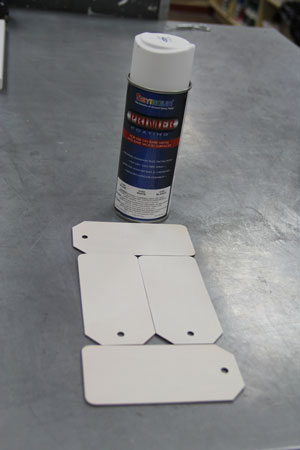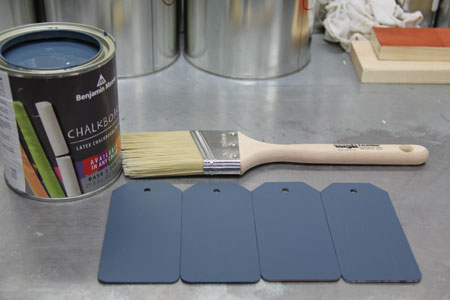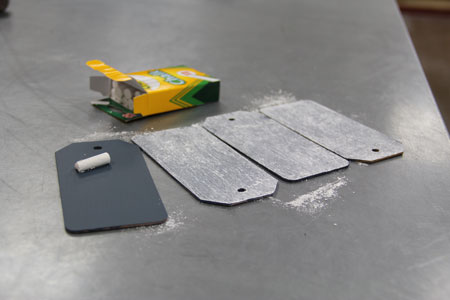OK. In the spirit of honesty and the common good and all that, I’ll admit that I’ve made a lot of dumb mistakes in my life when it comes to painting. The thing with me is that I should know better. But, unfortunately, at heart, I’m busy. And this lack of time actually makes me an eternal optimist when it comes to trying shortcuts. I always figure that this time the shortcut will work. This time I won’t have a mess on my hands. Turns out, I’m almost always wrong.
Well, I’m not the only one who struggles with this. At RepcoLite, we meet people everyday who are like me. People who wanted to save a little time. People who discovered that shortcuts in the paint world don’t often end well. Here are a few of the most common mistakes we see on a regular basis. How many have you made?
One Coat Coverage or Die Trying
So you start rolling your paint on the wall. You’ve got a schedule to keep and a vision of the rest of your day and everything hinges on getting that paint to cover in one coat. And that’s when you notice, with a sinking feeling in your stomach, that the paint isn’t complying. It’s not covering like you hoped.
And so, our first thought is to load up that roller and by sheer force of will make that paint cover in a single coat. The problem with this is obvious: a heavy coat of paint on a wall will dry dramatically slower than a proper application. And the slower dry time will mean your finish will start to show sags and runs. These are huge problems that are not easy to fix!
If you find yourself in this situation, your best bet is to do what we all know, deep down, is right: Apply the paint as it’s intended. Two thinner coats are going to give you a better looking finish (by a long shot) than one heavy coat. And really, you’re probably not going to spend too much extra time anyway. Rolling two coats on properly isn’t going to be much slower than rolling one insanely thick coat on the wall and then dealing with all the drips and runs!
Scrub that Wall? Are You Kidding? I Power Washed It!
We see this all the time! We’re getting ready to paint our home or a pole barn and we know that we should wash it. And so we gas up the power washer, pull on shorts, lather up with sunscreen, and start blasting! We work our way around the house, engulfed in a rainbow mist, washing every ounce of dirt and grime and filth from the surface, right? Well…
As powerful and amazing as power washers can be, they will never replace the need for a good scrubbing on many surfaces we want to paint. Think of it this way: when you wash your car, what would happen if you just sprayed it with the hose? Do it sometime and check it out. Is it clean? Or is it still coated with all kinds of road goodies? We all know that scrubbing the car and then rinsing is necessary in order to really get it clean.
The siding on our home is the same. A power wash alone will not get it clean enough for paint. It needs to be scrubbed. And yes, I know that sounds terrible but it needs to be done. Skipping the step means you’ll probably have premature failing of your paint coat. If the surface isn’t scrubbed clean, your new coat of paint will bond to that layer of chalky residue or dust that the power washer left behind. That means it’s not bonded to the surface of your home or your barn or whatever . . . it’s only stuck to the dirt that’s stuck to the side of your home. That’s not ideal. By a long shot.
So get a scrub brush on a pole, a box of TSP, and scrub the siding before power washing it. You can still work on your tan and you’ll get a great cardio workout to boot. All the while ensuring that your paint job will last!
Wash My Interior Walls? We’re Not Pigs…
The same thing happens inside (without the power washer, of course!) All walls to be painted should be washed with a mixture of TSP. TSP is a degreaser and it will cut through all sorts of contaminants that will build up on our walls over time: cooking oils, body oils, soot from candles, just plain old dirt, and so on. Even if the walls look clean, these contaminants are likely there and they can prevent or hinder your paint from bonding well.
Also, trust me, even if you’re house is relatively spotless, there’s probably a stray cobweb or two on your wall. And nothing is more frustrating that rolling or brushing into something like that and getting it mixed up in your paint, on your roller, or in your brush.
I Just Stripped Wallpaper. I’ve Done My Penance. I Just Want to Be Done…
Another tempting shortcut when happens when we paint a room where we’ve stripped wallpaper. Taking paper down is bad enough. But then to think that there’s a primer step before you can finally roll your finish paint on is often too much for people. The outdoors is calling! The TV is calling. The tedium of wallpaper stripping has killed a part of our soul and we just need to rest. Skipping that primer step is so tempting!
But here’s the deal: wallpaper paste is water-activated. And no matter how well you clean your wall after you pulled that paper down, there’s a good chance that there’s some residue left behind. If you roll latex paint over that paste residue, the water in the paint will re-activate the paste on the wall and you’ll end up with a texture in your finish.
We see it all the time. And it’s a problem that’s typically only fixed with sandpaper on a pole. Which is definitely not a fun project.
So no matter how much you don’t feel like priming, it’s the wisest choice! You can use an oil-based primer like RepcoLite’s Pro Flo primer. Or you can use Benjamin Moore’s Fresh Start Multi-Purpose Oil Primer. Both of these can be topcoated with a good, high quality latex.
If oil’s not your bag, there’s one single waterbased option that we will happily recommend: Gardz Sealer from Zinsser. Gardz is specifically made to seal in wallpaper paste residue and we’ve seen great results when using it! So, if soap and water clean up is a must for you, there’s an alternative. But just remember: this product is specifically made for this purpose! Don’t use just any waterbased product. Because it won’t work!
Working Out of the Gallon Container
Who hasn’t done this? We pop open the lid of our gallon, grab the bucket by the handle and start marching around the room with it, dipping our brush in from time to time and working that way. I’ve done it, I’ve seen it done. I think we’ve all done it. But the problem is, it’s kind of a dumb thing to do for a few reasons:
It’s Heavy and I’m Clumsy. Carrying around a gallon can can be a little tiring. It fatigues our arms and fingers and just makes a project more painful than it needs be. Also, some of us (I’m thinking of me, here) are a little clumsy. The likelihood of me bumping into something and sloshing paint onto the floor is high. If I’m carrying around a full gallon of paint, the chances are even better.
Loading a Brush Correctly is Impossible in a Full Gallon. Yes, there’s a correct way to load a brush with paint. And yes, it’s very difficult to do that when you’re working out of a full gallon. (Here’s a video demonstration of the right way to load a brush).
Don’t Poison the Waterhole. I’ve written about this before. The concept is simple: if you’re working out of your source for the paint (the gallon) and you brush into a spiderweb, dirt, or anything else, you’re going to end up dipping that contaminant into your paint when you go to refill your brush. Suddenly your paint isn’t as pristine as it once was because you’ve introduced who knows what into it! This is especially true when working outside.
To get away from this problem, simply work out of a smaller container. We sell any number of them at RepcoLite. Get something light, easy to hold, and only pour some of your paint into it. It’s not as heavy, you won’t be as likely to drop it or spill it, and if you do contaminate it, the bulk of your paint is still clean and fresh!

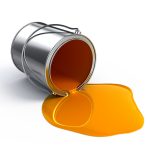


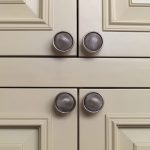
 Did you know that the average cost of remodeling your kitchen is right around $20,000? Yes, $20,000. That’s a significant amount of money. So significant, in fact, that it means I won’t be doing any kitchen remodeling anytime soon. Sure, I’d like new cabinets or a new backsplash or a new floor, but we’re just too attached to having things like groceries and running water. And I don’t think we’re alone. A lot of people like groceries and running water. And yet, many of those same people also wish they had a better kitchen.
Did you know that the average cost of remodeling your kitchen is right around $20,000? Yes, $20,000. That’s a significant amount of money. So significant, in fact, that it means I won’t be doing any kitchen remodeling anytime soon. Sure, I’d like new cabinets or a new backsplash or a new floor, but we’re just too attached to having things like groceries and running water. And I don’t think we’re alone. A lot of people like groceries and running water. And yet, many of those same people also wish they had a better kitchen.
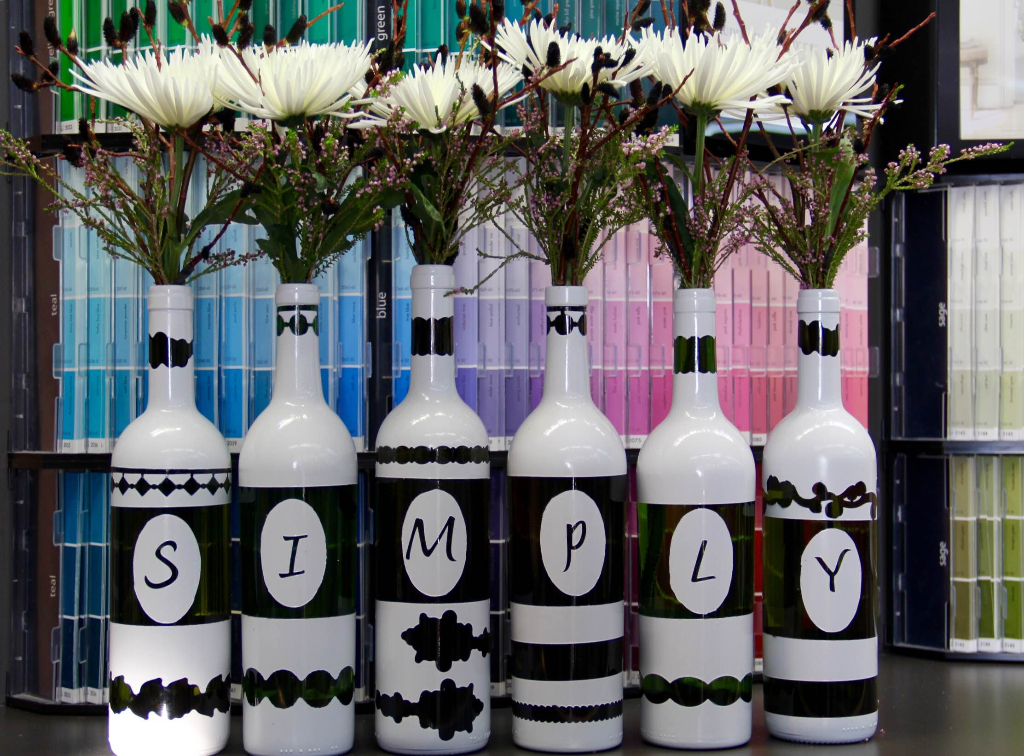 If you’re into decorating and if you’ve got even the slightest amount of creativity, you’re always looking for a project. Something outside the norms, something a little different, little things that will set your home and your decorating apart from everyone else.
If you’re into decorating and if you’ve got even the slightest amount of creativity, you’re always looking for a project. Something outside the norms, something a little different, little things that will set your home and your decorating apart from everyone else.